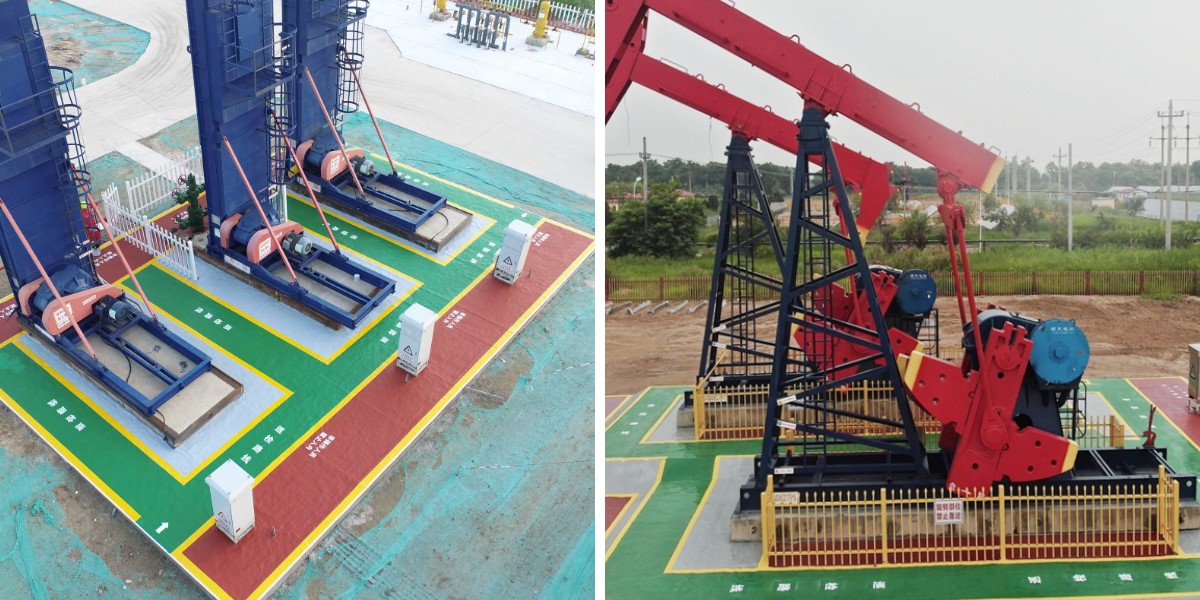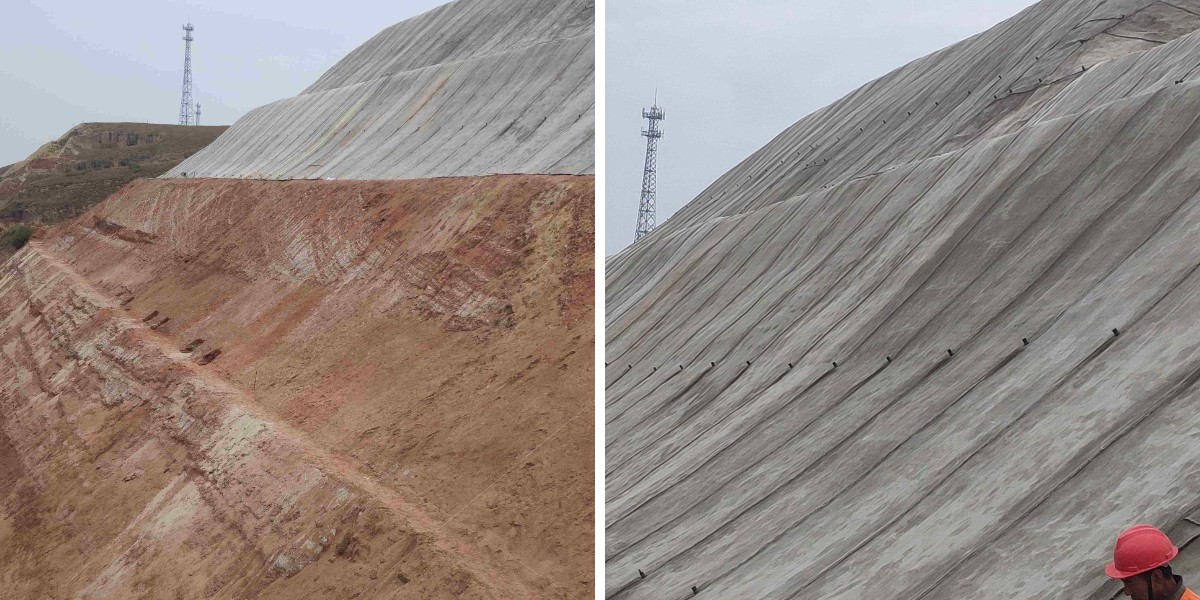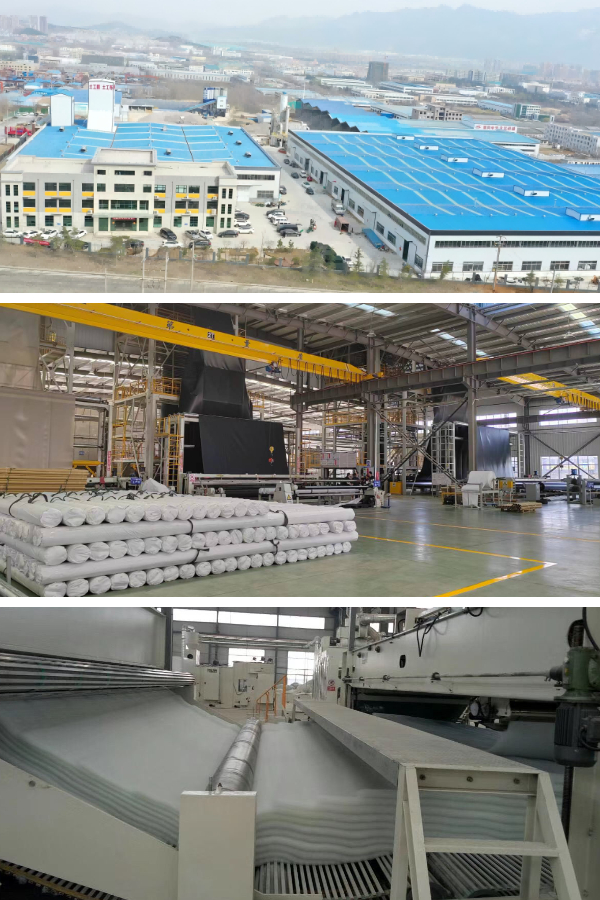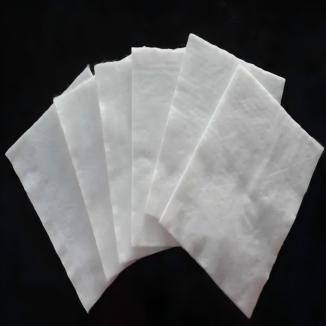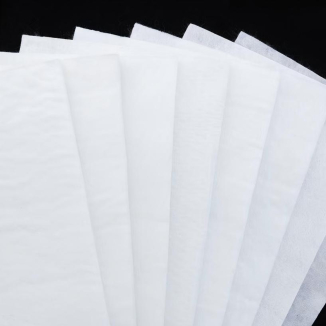Cement Blanket Maintenance: How to Extend Service Life and Fix Common Issues
Cement blanket and concrete cloth—two revolutionary constructing substances that mixture the flexibility of material with the energy of concrete—have end up staples for initiatives like avenue repairs, slope stabilization, and brief structures. While each substances are durable, their lifespan relies upon completely on acceptable maintenance. Neglecting preservation can lead to premature cracking, fraying, or structural failure, turning a cost-efficient answer into a pricey headache. In this guide, we’ll ruin down four actionable techniques to defend your cement blanket and concrete cloth, prolong their provider life, and restore frequent troubles earlier than they escalate.
1. Regular Inspection: The Foundation of Cement Blanket & Concrete Cloth Longevity
Whether you’re the use of a cement blanket for a outdoor patio or concrete fabric for a development website barrier, ordinary inspections are the first step to catching small troubles early. Even well-installed substances can increase flaws over time, mainly when uncovered to harsh weather, foot traffic, or heavy equipment. Skipping inspections regularly capability minor problems develop into major, high priced repairs.
What to Inspect for Cement Blanket & Concrete Cloth
When inspecting your cement blanket or concrete cloth, seem to be for floor cracks—hairline ones frequently structure from temperature fluctuations (expansion in heat, contraction in cold) or minor impacts, and whilst they appear harmless, they let water seep into the material core to weaken the material’s bond and motive large splits—edge fraying or peeling (since edges are the most susceptible spots for each materials, unsecured edges can lead to fraying from foot site visitors or wind, or the concrete layer peeling away from the cloth base, exposing internal fabric to extra damage)—and moisture buildup, which is frequent in damp areas (like close to drains or beneath decks) and can reason mold, mildew, or discoloration that breaks down the concrete-fabric bond and rots the underlying fabric, shortening the material’s life.
How Often to Inspect
For out of doors use—such as when your cement blanket or concrete fabric is used for slope safety or backyard paths—inspect month-to-month and additionally after excessive climate activities like heavy rain, snow, or excessive winds; for indoor or blanketed use, like when the cloth is on storage flooring or warehouse barriers, look at each three months or every time you observe put on from heavy equipment or equipment.
2. Proper Cleaning: Preserve Cement Blanket & Concrete Cloth Integrity
Dirt, oil, and chemical spills don’t simply make your cement blanket or concrete fabric seem to be unprofessional—they injury their structural integrity. Oil seeps into concrete pores, breaking down the bond between concrete and fabric; acidic elements (like fertilizer or vinegar) erode the concrete surface, inflicting pitting. Regular cleansing eliminates these threats and continues each substances functioning at their best.
Step-by-Step Cleaning for Cement Blanket & Concrete Cloth
For daily filth and particles on your cement blanket or concrete cloth, begin with the aid of sweeping with a soft-bristle broom to take away unfastened dirt, then use a backyard hose with low stress for stuck-on particles like mud or leaves (avoid high-pressure washers, as they can strip the concrete layer or tear the fabric); for oil or grease stains, first blot extra oil with a paper towel (don’t wipe, as this spreads the stain), combine moderate dish cleaning soap with heat water, scrub the stain gently with a smooth brush, then rinse thoroughly—for hard stains, use a cement-specific degreaser and keep away from bleach, which discolors each cement blanket and concrete cloth; for chemical spills, act speedy by means of neutralizing acidic spills (like fertilizer) with a baking soda-water paste and alkaline spills (like paint thinner) with diluted white vinegar (1:1 ratio), let the answer sit down for 10 minutes, scrub, then rinse, and by no means depart chemical substances on cement blanket or concrete material for extra than 30 minutes, as they motive everlasting damage.
Cleaning Mistakes to Avoid
Don’t use metal wool or wire brushes on your cement blanket or concrete cloth, as they scratch the concrete floor and expose the fabric; don’t use warm water on oil stains, for the reason that warmth makes oil seep deeper into the material; and don’t let cleansing options dry on the surface, as they go away residue that attracts greater dirt.
3. Preventive Protection: Shield Cement Blanket & Concrete Cloth from Wear
Even with inspections and cleaning, your cement blanket and concrete fabric face each day wear. Proactive safety is the best way to prolong their provider existence and keep away from useless repairs.
Protect Against Heavy Loads
While cement blanket and concrete material are strong, they aren’t designed for regular heavy strain from gadgets like parked vehicles or development machinery, so if your cloth is in a high-traffic area, vicinity plywood or rubber mats beneath heavy gadgets to distribute weight evenly (this prevents indentations or tears in the material core) and in no way drag heavy equipment throughout the cement blanket or concrete cloth—lift them rather to keep away from scraping the concrete layer.
Secure Edges & Seams
Since edges are susceptible factors for each cement blanket and concrete cloth, beef up them by means of making use of a skinny layer of cement restore mortar alongside edges to give a boost to the concrete-fabric bond and the use of panorama staples (for floor installations) or cement-specific adhesive tape to impenetrable free edges to adjoining surfaces like partitions or curbs.
Weatherproof Outdoor Cement Blanket & Concrete Cloth
To guard out of doors cement blanket and concrete fabric from harsh stipulations like UV rays, rain, snow, and freeze-thaw cycles, practice a UV-resistant sealant as soon as a 12 months (UV rays dry out the concrete layer of each materials, making it brittle and susceptible to cracking), make certain suited drainage via including a mild slope at some stage in set up or drilling small manufacturer-approved drainage holes (standing water rots the cloth in each materials), and put together for iciness with the aid of sweeping particles from the floor earlier than snowfall—avoid salt or ice soften (they penetrate cracks and harm concrete) and use sand for traction instead.
4. Fixing Common Cement Blanket & Concrete Cloth Issues
Even with best maintenance, you may additionally stumble upon minor troubles with your cement blanket or concrete cloth. The exact information is most issues are effortless to fix—if you act fast.
Issue 1: Hairline Cracks
Hairline cracks in a cement blanket or concrete fabric normally come from temperature changes, minor impacts, or bad preliminary curing, and to restoration them, first easy the crack with a dry brush to get rid of dirt, then combine cement restore mortar (following the manufacturer’s instructions) into a paste, use a putty knife to fill the crack whilst smoothing the floor to fit the surrounding material, and let it remedy for 24–48 hours (keep it dry for the duration of this time).
Issue 2: Frayed/Peeling Edges
Frayed or peeling edges on cement blanket or concrete fabric are regularly induced via unsecured edges, foot traffic, or wind damage, so restoration them by way of first trimming loose, frayed fibers with sharp scissors (being cautious now not to reduce intact concrete), making use of cement adhesive (designed for fabric-concrete bonds) to the peeling area, urgent the concrete layer firmly onto the fabric, weighing it down (like with cinder blocks) for 24 hours, and as soon as dry, including a skinny layer of restore mortar alongside the aspect for more strength.
Issue 3: Localized Holes
Localized holes in cement blanket or concrete material are normally from heavy falling objects, sharp tools, or animal burrowing, and to restore them, easy the gap with cleaning soap and water and let it dry, reduce a patch from spare cloth (making it 2–3 inches large than the gap on all sides), observe cement adhesive to the patch’s back, press it over the hole, use a curler to eliminate air bubbles, seal the edges with restore mortar, and let it remedy for forty eight hours earlier than use.
When to Call a Pro
If you see massive cracks (wider than 1/4 inch), sizeable water damage, or sagging in your cement blanket or concrete cloth, seek advice from a specialist, as these problems can also require partial alternative that goes beyond simple DIY fixes.
Final Thoughts: Invest in Maintenance, Extend Your Material’s Life
Cement blanket and concrete fabric are versatile, most economical materials—but their price relies upon on how nicely you care for them. By following these steps—regular inspections, ideal cleaning, preventive protection, and rapid repairs—you’ll preserve your cement blanket and concrete fabric in pinnacle structure for years, saving time and cash on replacements.
If you want a custom protection guidelines for your cement blanket or concrete cloth (tailored to tasks like slope stabilization or indoor flooring), let me know—I can draft one with inspection schedules, cleansing tips, and restore reminders.
Contact Us
Company Name: Shandong Chuangwei New Materials Co., LTD
Contact Person :Jaden Sylvan
Contact Number :+86 19305485668
WhatsApp:+86 19305485668
Enterprise Email: cggeosynthetics@gmail.com
Enterprise Address: Entrepreneurship Park, Dayue District, Tai 'an City,
Shandong Province



